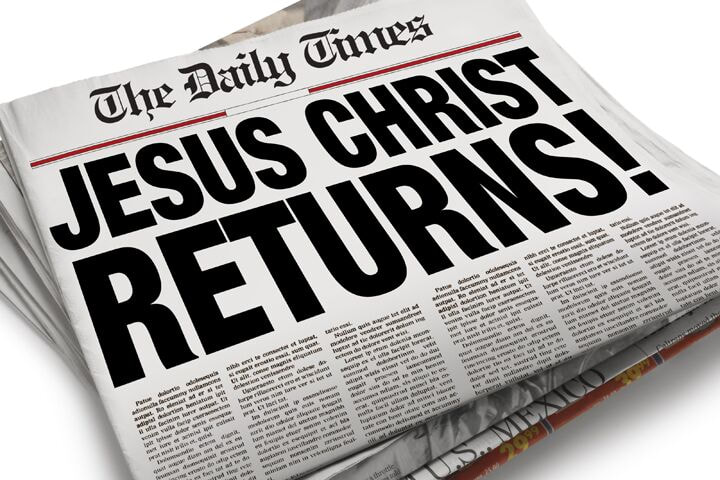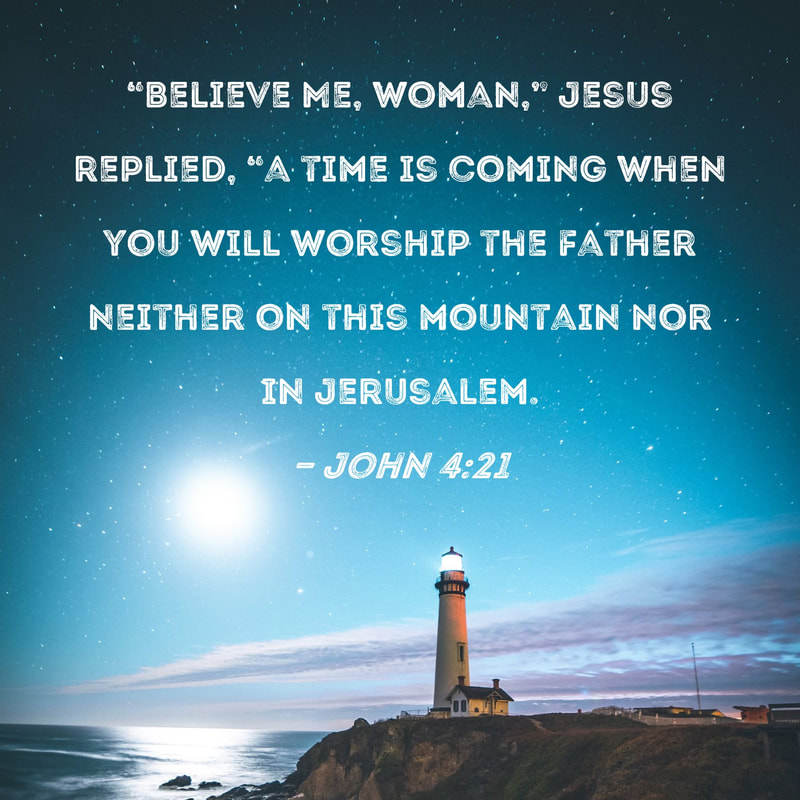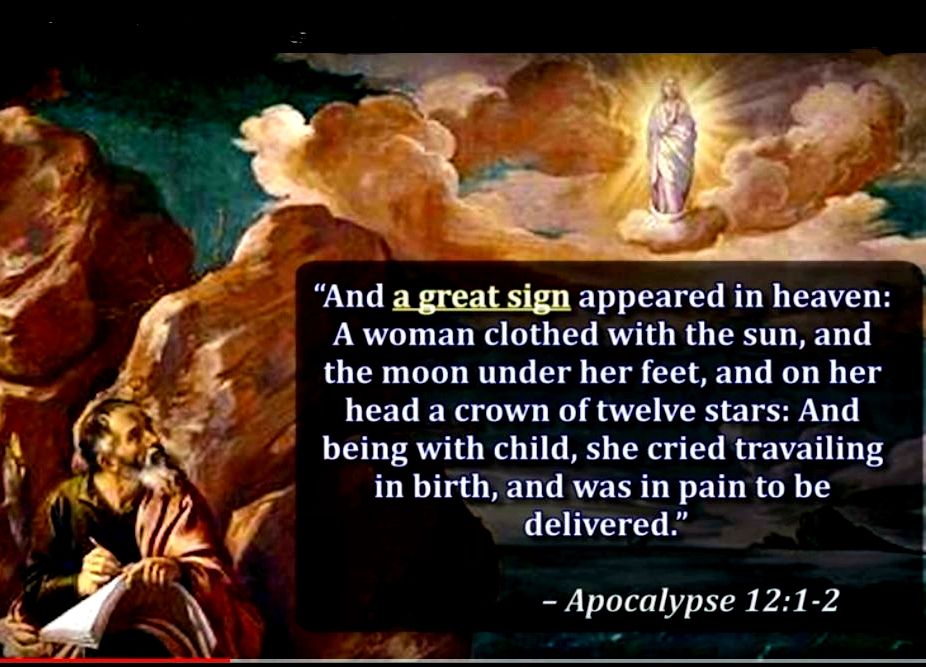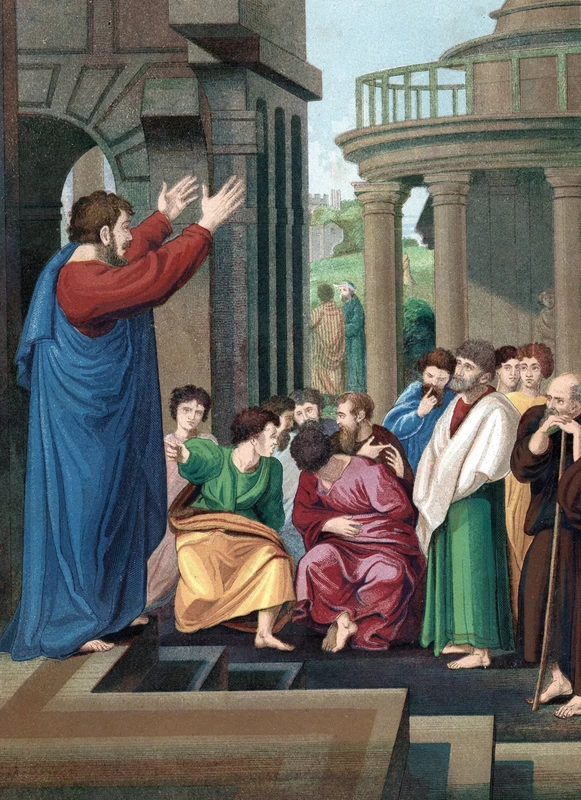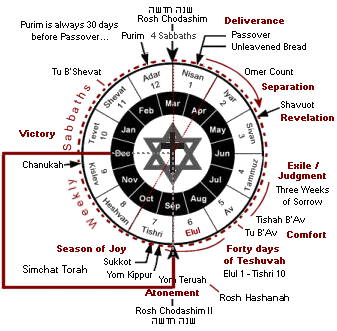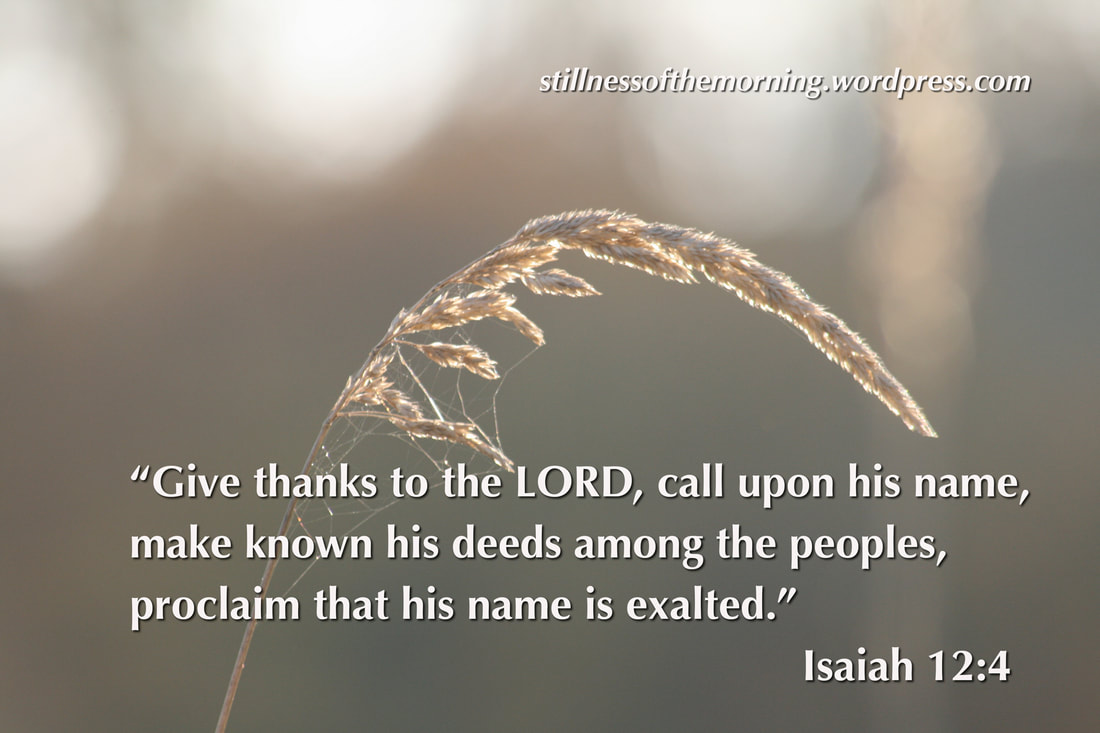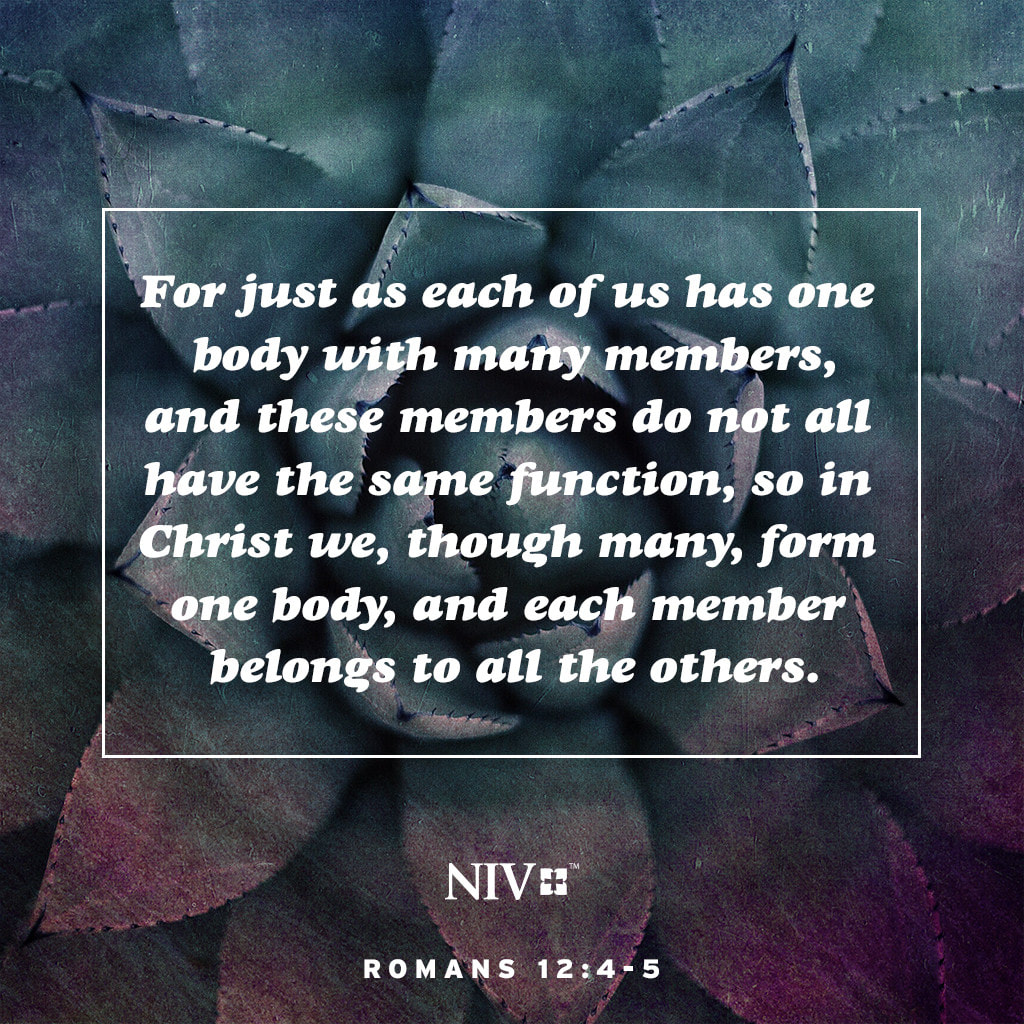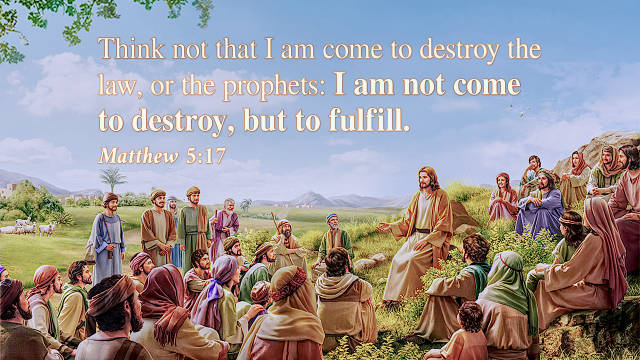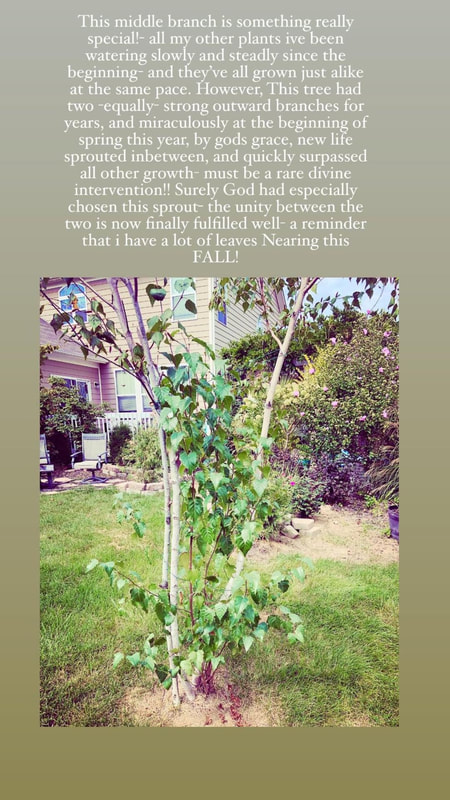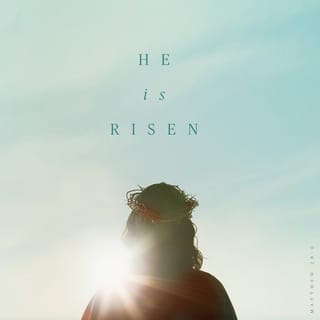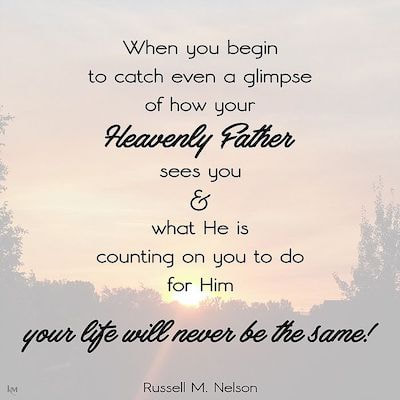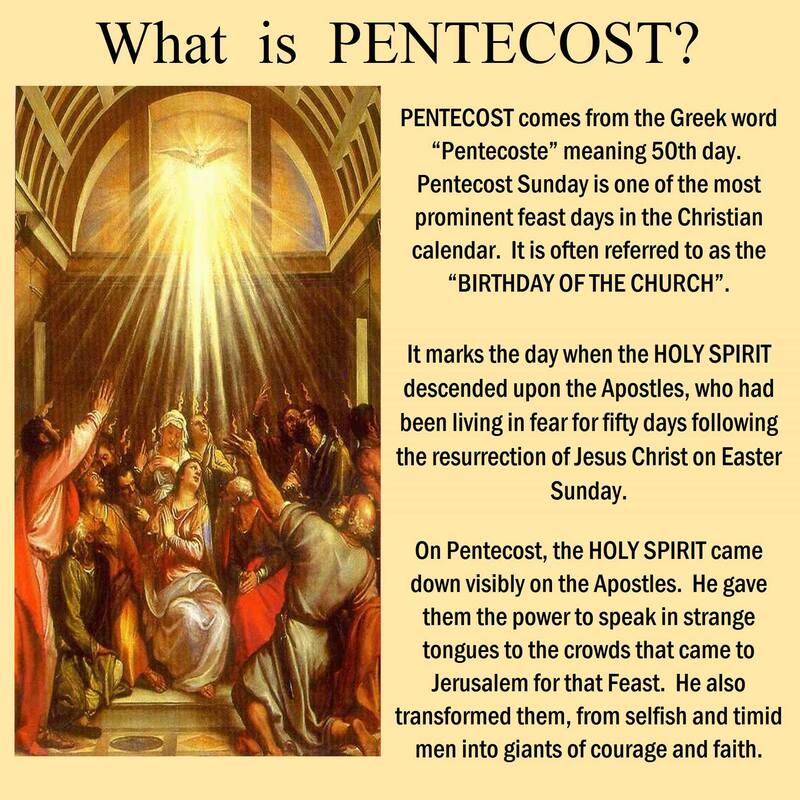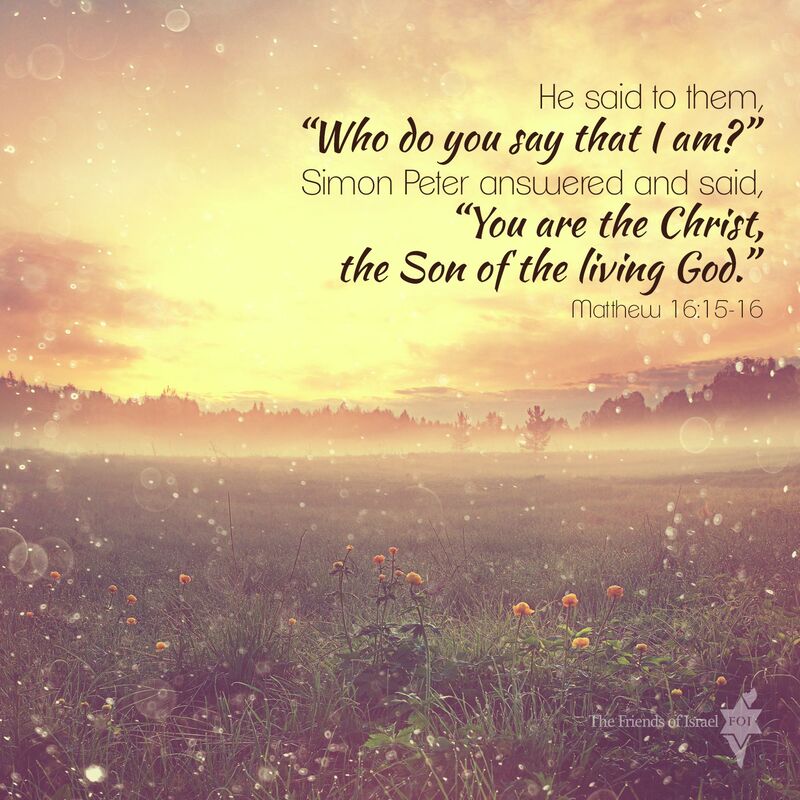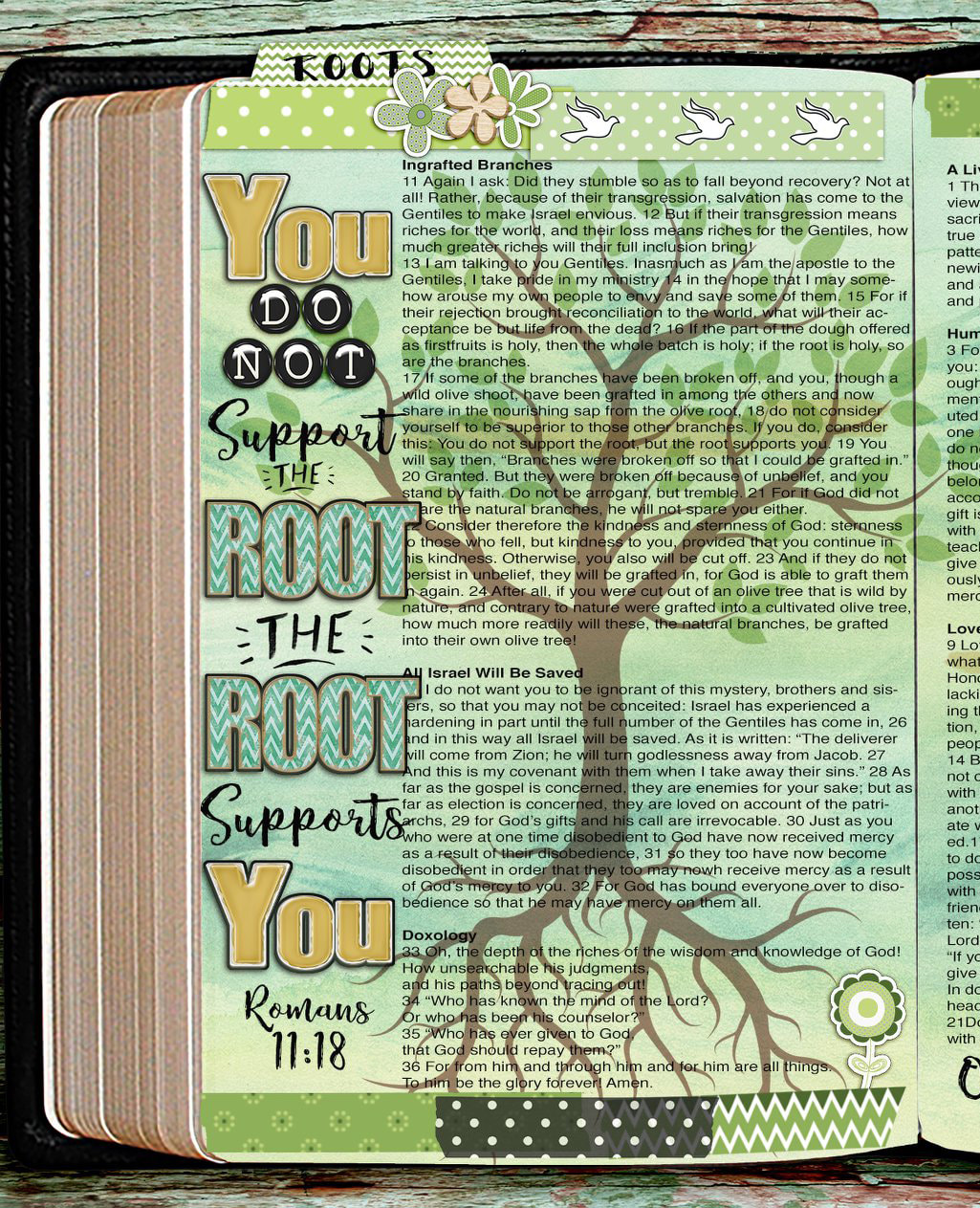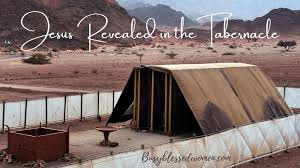Jesus said to them, “Have you never read in the Scriptures: ‘The stone the builders rejected has become the cornerstone; – Matthew 21:42
We tend to take pride in the things we build. Yet the sweet voice of Scripture reminds us that we are only equipped to do so by the grace of God (1 Corinthians 3:10).
God supplies the vision, the ability, and the stones. He is the architect of the heavens and earth (Hebrews 11:10), and the provider of a foundation we rest our lives on for eternity. As Psalm 127:1-2 explains, “Unless the Lord builds the house, those who build it labor in vain.”
So, why would a stone that God provides be rejected? His Word assures us: it’s all part of his plan. To understand the beauty of what connects Psalm 118:22with Matthew 21:42, let’s look at the “cornerstone” God selected.
What Is a Cornerstone?In ancient times, builders would put great care and consideration into selecting a cornerstone. The longevity of the structure depended on it, as its position bore the weight of what was gathered to it, and served as a reference to properly angle and place all other stones.
It had to be large and solid. Stones were “rejected” until a cornerstone was found to be worthy. A cornerstone is historically the first stone placed for the building’s foundation, typically in a corner of the structure. In present times, cornerstones are strategically positioned for prominence. They’re often inscribed with a date of establishment or to commemorate an event, organization, or place.
While the original purpose of a cornerstone isn’t always required in today’s architecture, a cornerstone is still often placed near the base of a structure where two walls meet, giving information about the building’s significance.
As we open to Jesus’ voice in the Bible in our modern times, we see that a cornerstone (foretold in Psalm 118:22, and retold in Matthew 21:42) held the full impact of what was to come. It served as a reference through the ages for the right placement of God’s design.
Who Is the Stone the Builders Rejected?References to this stone (sung about within Psalm 118:22, and later confirmed in Matthew 21:42), come first from God’s believers in the Old Testament, and then directly from Jesus in the New Testament.
Psalm 118 would have been sung throughout the generations preceding Jesus’ crucifixion, as part of the Hallel, while the last and final cup of wine was shared. It is the crescendo passage that points to Jesus’ work on the cross.
Baker’s Evangelical Dictionary explains that this “stone the builders rejected” is used “to speak of the exalted Jesus as the chief foundation stone of the church, the cornerstone on which all the building depends.”
Baker’s further reveals that the cornerstone would come from the tribe of Judah, not from any earthly rulers. We now see that the faith is grounded and delivered in the person of Jesus Christ. He “is the chief cornerstone, the apostles and prophets are foundation stones, and the whole building (the church) is a holy temple in the Lord.”
In every gospel account, we see Jesus being rejected by those he came to save. Yet it doesn’t deter God’s ability to set him in place as our firm foundation.
Jesus said to them, “Have you never read in the Scriptures: ‘The stone the builders rejected has become the cornerstone; the Lord has done this, and it is marvelous in our eyes’ (Matthew 21:42)
...And they took offense at Him. (Mark 6:3)
But first He must suffer many things and be rejected by this generation. (Luke 17:25)
He came to his own, and those who were His own did not receive him. (John 1:11)
Throughout Scripture, we see that others didn’t approve of Jesus’ friends (Matthew 9:11), his view of traditions (Luke 6:2), his education (John 7:15), or even his origin (John 7:52).
But God speaks to us today through Jesus, reassuring us that even though we may be rejected by the world, the one in whom we place our hope is worthy and real. He is our Rock and our Redeemer, selected by the architect and secure for eternity.
Jesus faced the ultimate rejection on the cross, being ridiculed and crucified, yet God’s deliverance is realized. His life secures the hopes of those who sang Psalm 118 during Passover in praise and expectance of God’s deliverance.
And it’s the same hymn scholars who believe Jesus and his disciples sang at the Last Supper before leaving for the Mount of Olives (Mark 14:26).
As one source highlights, “Unless Jesus and His eleven Jewish disciples ignored the tradition of centuries, they sang Psalms 113-118 (or selected stanzas from them) that night.”
While carrying the rejection of a world of sin, Jesus places himself willingly as the cornerstone and is raised high.
Is Jesus Also the Capstone?This article explains that Jesus is not only the cornerstone on which our faith is built, he is also described in the original language as the capstone, or “head of the corner,” in Matthew 21:42, Mark 12:10, Luke 20:17, and Acts 4:11.
A capstone, used in buildings and bridges, is a precisely-hewn wedge that serves to join both sides of an arch—creating unity. Without this arch, what is built will fall. On this side of Jesus’ miraculous resurrection, we’re reminded that with arms out wide he held the future of humanity intact.
He not only connects his message seamlessly between the Old and New Testaments that meet with him as the center, He connects God’s creation back to God’s heart.
Although the capstones we place today on buildings serve both practical and decorative purposes, we are secure in the revelation that we have a capstone that will not fail. A capstone who we look up to as our focal point, and who is the cornerstone of our faith’s foundation.
Jesus Is Our Cornerstone and Capstone TodayAnticipating, following, and believing Jesus has challenged people since our genesis. God knew, from when he first breathed life into the dust of the ground (Genesis 2:1) that he is our foundation and the center that holds us together. Through Jesus, he provided a bridge from this life into eternity, secured by a capstone that will not let what God builds fall.
Even when the ground beneath you quakes, or your faith fractures, you can lean on the limitless strength of Jesus. He is in your corner. He is the one on high you can focus on, formed perfectly to keep God’s plans in place forever.
He is the first stone God laid for us, and the last. As the final book of his love story opens, in Revelation 1:17-19, he proclaims:
“Do not be afraid. I am the First and the Last. I am the Living One; I was dead, and now look, I am alive for ever and ever! And I hold the keys of death and Hades.”
Jesus sang a hymn the night before his ultimate rejection, knowing that he would become our chief cornerstone.
Truly, even death cannot crush the body of Christ to which you belong. Lean into the Rock who was rejected as your cornerstone. Look to him as the capstone on which every tomorrow is built.
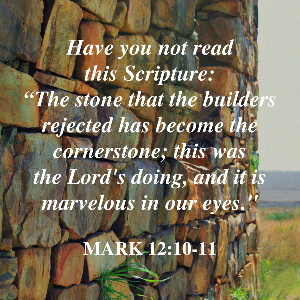
 RSS Feed
RSS Feed






